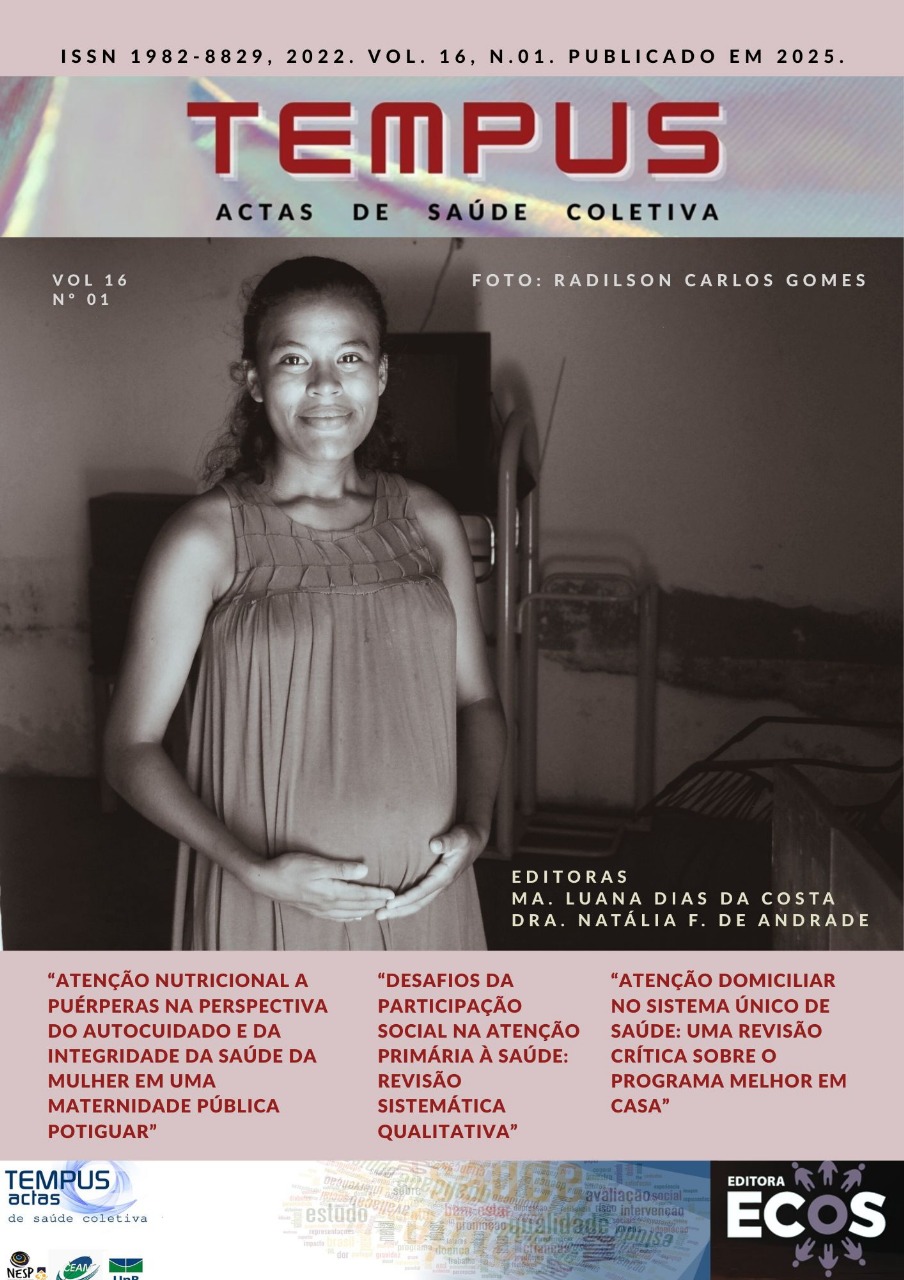Abstract
Introduction: Obesity has been recognized as a potentially modifiable risk factor for urinary incontinence (UI) in women. Objective: To assess the prevalence of urinary incontinence in obese women undergoing outpatient follow-up, the associated risk factors and the impact on quality of life. Method: A cross-sectional, descriptive study was carried out, with quantitative analysis of the results, from August 2019 to March 2020. Women with a clinical diagnosis of obesity, body mass index (BMI) ?30 kg / m2 and age equal or older than 18 years were recruited. Sociodemographic and clinical data were collected and the International Consultation on Incontinence Questionnaire - Short Form (ICIQ-SF) and the King's Health Questionnaire (KHQ) were applied. The analyzes were performed using the Statistical Package for the Social Sciences (SPSS), version 22.0. Results: 85 women participated in the research, with an average age of 48.40 ± 12.12 years. The average weight found was 98.36 ± 13.87 kg and a BMI of 39.13 ± 4.89 kg / m². The prevalence of UI was 55.3% (n = 47) and was associated with factors such as climacteric, parity, episiotomy, diabetes and systemic arterial hypertension. Based on the ICIQ-SF, the scores found in the analyzed groups indicated that the severity of urinary loss was considered moderate to severe (obesity grade I: 14.4 (1-20); grade II: 13.4 (1-21) and grade III: 12.9 (1-20)). In the KHQ, the domains with the highest scores were related to general health perception, impact of incontinence and measures of severity. Conclusion: There was a high prevalence of UI in this population, negatively interfering with their quality of life.

This work is licensed under a Creative Commons Attribution 4.0 International License.
Copyright (c) 2025 Tempus – Actas de Saúde Coletiva ISSN 1982-8829
